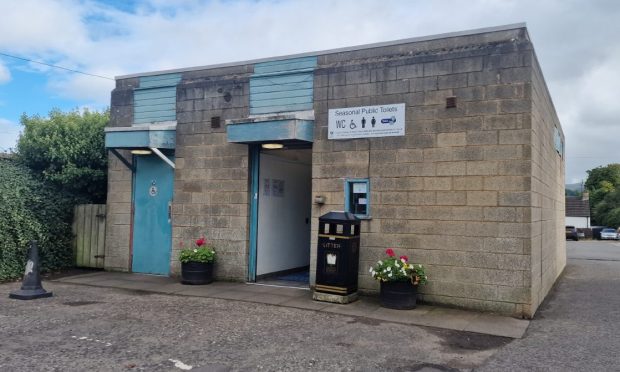Criminal gangs could be using sophisticated jamming technology to steal from locked vehicles, police in Tayside have warned.
Detectives are investigating a spate of break-ins to parked Ford Transit vans in Perthshire and Fife.
Vehicles were targeted in the Kirkcaldy, Cowdenbeath and Dumfermline areas earlier this month. High value tools and machinery were taken in the raids.
It has also emerged that about £500 of construction equipment from a parked van in Perth’s Bruce Crescent. The beak-in happened sometime between Friday, April 29 and Monday, May 2.
In each incident, it is believed thieves used a high-tech device which can override the vehicle’s locking mechanism without causing any damage.
The devices, known as jammers, block the signal sent from the key fob to car, meaning it stays unlocked.
According to police, the technology is available for about £30 from organised gangs. It is believed to have been used elsewhere in the country to steal high-performance vehicles.
Police Scotland has issued a warning to vehicle owners not to leave valuables on display.
Perth-based constable Euan Mitchell, who is leading inquiries into the Bruce Crescent break-in, said: “We are investigating the theft of tools, however the persons responsible appear to have used some form of device that allows them to gain access to the vans without causing damage, before stealing work tools.”
He has urged any witnesses to get in touch.
Last year, an incident was caught on camera at Manchester Fort Shopping Park where a jammer was used to prevent motorists from opening their cars using remote central locking keys.
The keys send a signal to the car with a unique identifier and a command to either lock or unlock. But the wireless communication, like any other radio device, can be blocked by a so-called jammer.
These can flood the radio spectrum used by the keys with interference, which stops the low-power system of the remote car keys from working.
And because most modern cars don’t have a manual door lock, the jamming device can actual stop a driver from getting into their motor.
Anyone with information about the recent van thefts is urged is urged to call police on 101 or freephone charity Crimestoppers on 0800 555 111.










